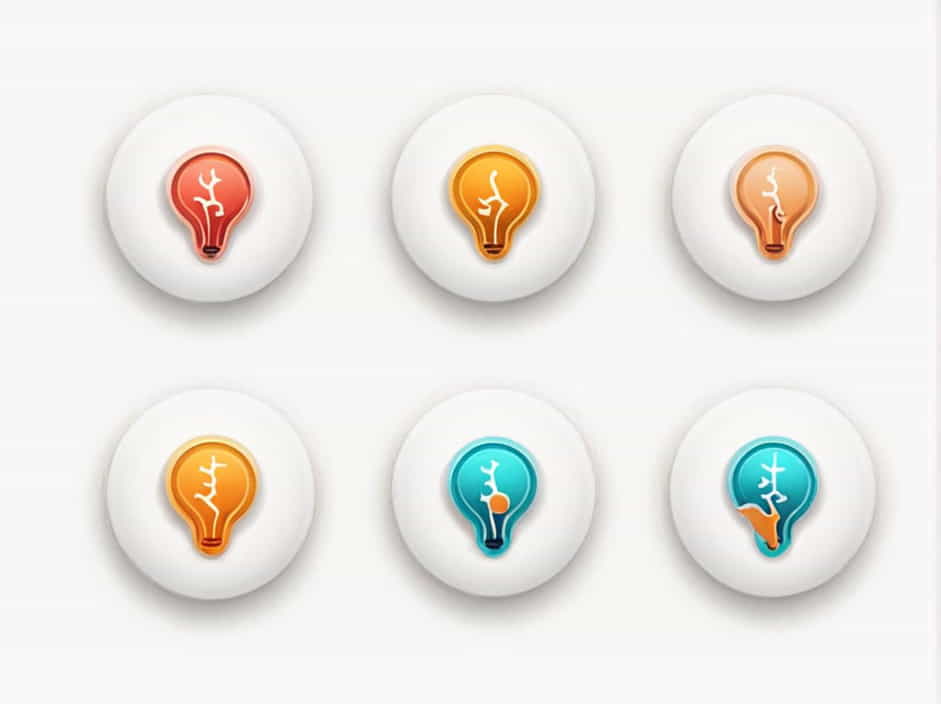The adrenal glands are small but powerful endocrine glands located on top of each kidney. They play a crucial role in hormone production, regulating processes like metabolism, blood pressure, and stress response. Each adrenal gland consists of two main parts:
- The adrenal medulla (inner region), which produces catecholamines like adrenaline.
- The adrenal cortex (outer region), which is responsible for steroid hormone production.
The adrenal cortex is divided into three distinct zones, arranged from superficial to deep:
- Zona Glomerulosa – The outermost layer.
- Zona Fasciculata – The middle and thickest layer.
- Zona Reticularis – The deepest layer, closest to the medulla.
Each zone has a unique structure and function, producing different hormones essential for maintaining body homeostasis.
Structure of the Adrenal Cortex
The adrenal cortex is made of glandular tissue and is responsible for the synthesis of steroid hormones derived from cholesterol. These hormones belong to three main classes:
- Mineralocorticoids – Regulate sodium and potassium balance.
- Glucocorticoids – Control metabolism and stress response.
- Androgens – Involved in secondary sexual characteristics.
Now, let’s take a closer look at each zone of the adrenal cortex, starting from the outermost layer.
1. Zona Glomerulosa (Outermost Layer)
Location and Structure
The zona glomerulosa is the superficial layer of the adrenal cortex. It consists of small, closely packed cells arranged in clusters, giving it a round or “glomerular” appearance.
Function
This layer primarily produces mineralocorticoids, the most important being aldosterone.
Hormones Produced
✔ Aldosterone – Regulates sodium and potassium levels in the blood.
Role in the Body
- Increases sodium retention in the kidneys, which helps maintain blood pressure and fluid balance.
- Promotes potassium excretion, preventing hyperkalemia (high potassium levels).
- Helps the body respond to dehydration and blood loss by conserving water.
Regulation of Zona Glomerulosa
Aldosterone secretion is controlled by the renin-angiotensin-aldosterone system (RAAS). When blood pressure drops, the kidneys release renin, which triggers a chain reaction leading to increased aldosterone production.
2. Zona Fasciculata (Middle Layer)
Location and Structure
The zona fasciculata lies beneath the zona glomerulosa and is the thickest layer of the adrenal cortex. It consists of long, columnar cells arranged in cords, giving it a “fasciculated” appearance.
Function
This layer is responsible for producing glucocorticoids, with cortisol being the most important.
Hormones Produced
✔ Cortisol – Regulates metabolism, stress response, and immune function.
Role in the Body
- Increases blood glucose levels by stimulating gluconeogenesis in the liver.
- Suppresses the immune system to reduce inflammation.
- Helps the body cope with stress by increasing energy availability.
- Influences fat, protein, and carbohydrate metabolism.
Regulation of Zona Fasciculata
Cortisol secretion is controlled by the hypothalamic-pituitary-adrenal (HPA) axis. The hypothalamus releases corticotropin-releasing hormone (CRH), which stimulates the pituitary gland to release adrenocorticotropic hormone (ACTH). ACTH then signals the adrenal glands to produce cortisol.
3. Zona Reticularis (Innermost Layer)
Location and Structure
The zona reticularis is the deepest layer of the adrenal cortex, located next to the adrenal medulla. It consists of loosely arranged cells forming a network (reticular pattern).
Function
This layer produces androgens, which are precursors to sex hormones like testosterone and estrogen.
Hormones Produced
✔ Dehydroepiandrosterone (DHEA) – A weak androgen that gets converted into testosterone and estrogen.
Role in the Body
- Contributes to secondary sexual characteristics (especially in females).
- Supports libido and energy levels.
- Plays a minor role in muscle development and metabolism.
Regulation of Zona Reticularis
Androgen production is regulated by ACTH from the pituitary gland. Unlike the other adrenal cortex hormones, androgens have a less direct impact on immediate survival but play a role in long-term development.
Comparison of the Three Zones
| Zone | Location | Hormone Produced | Main Function |
|---|---|---|---|
| Zona Glomerulosa | Outermost | Aldosterone | Regulates sodium, potassium, and blood pressure |
| Zona Fasciculata | Middle | Cortisol | Controls metabolism and stress response |
| Zona Reticularis | Innermost | Androgens (DHEA) | Precursor to sex hormones |
Disorders of the Adrenal Cortex
When the adrenal cortex does not function properly, it can lead to serious hormonal imbalances.
1. Addison’s Disease (Adrenal Insufficiency)
- Caused by underactive adrenal glands, leading to low cortisol and aldosterone.
- Symptoms: Fatigue, low blood pressure, weight loss, and darkened skin.
2. Cushing’s Syndrome
- Caused by excess cortisol production, often due to prolonged steroid use or a tumor.
- Symptoms: Weight gain, high blood pressure, moon face, and muscle weakness.
3. Hyperaldosteronism
- Overproduction of aldosterone, leading to high blood pressure and low potassium levels.
- Can cause muscle weakness, frequent urination, and excessive thirst.
4. Congenital Adrenal Hyperplasia (CAH)
- A genetic disorder affecting cortisol and androgen production.
- Can lead to early puberty, irregular menstruation, and hormone imbalances.
How to Support Adrenal Health
Maintaining healthy adrenal function is essential for hormonal balance and overall well-being. Here are some tips:
✔ Manage Stress – Chronic stress leads to excess cortisol, which can weaken the adrenal glands. Practice relaxation techniques like meditation, exercise, and deep breathing.
✔ Eat a Nutrient-Rich Diet – Consume foods rich in vitamins C, B5, magnesium, and potassium, which support adrenal function.
✔ Stay Hydrated – Proper hydration helps maintain electrolyte balance, crucial for aldosterone function.
✔ Get Enough Sleep – Lack of sleep increases cortisol production, leading to adrenal fatigue. Aim for 7-9 hours of sleep per night.
✔ Avoid Overuse of Stimulants – Excessive caffeine and sugar can overwork the adrenal glands, leading to burnout.
The adrenal cortex is a vital part of the endocrine system, consisting of three zones that produce essential hormones. The zona glomerulosa secretes aldosterone, the zona fasciculata produces cortisol, and the zona reticularis generates androgens. Each layer has a distinct role in maintaining homeostasis, metabolism, and stress response.
Understanding these adrenal zones helps us appreciate their importance in hormonal regulation and overall health. By adopting a healthy lifestyle, we can support adrenal function and prevent hormone-related disorders.
